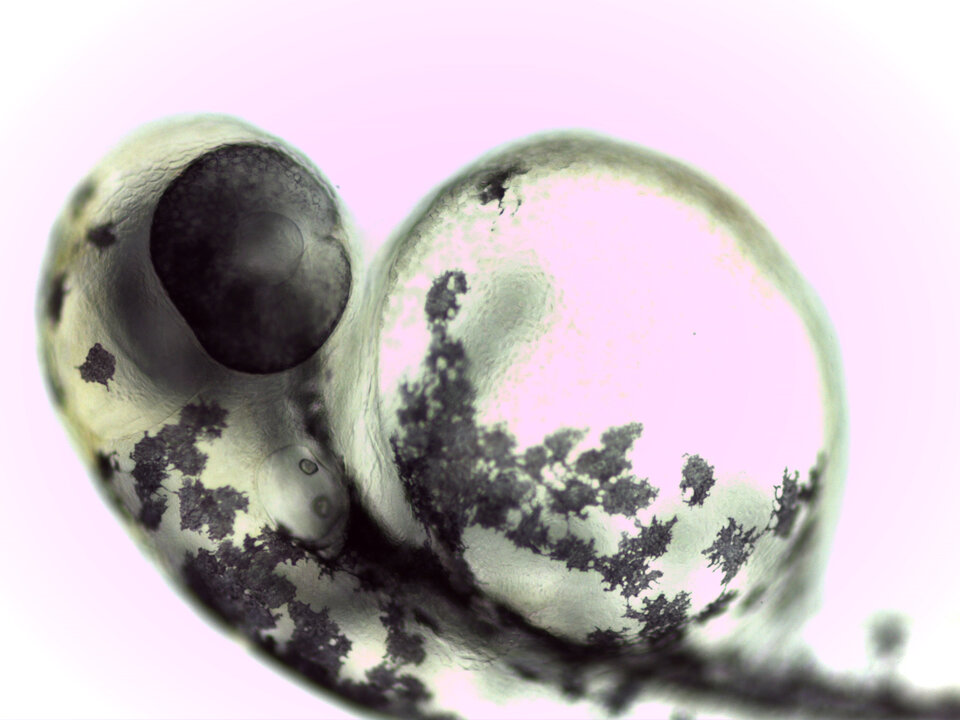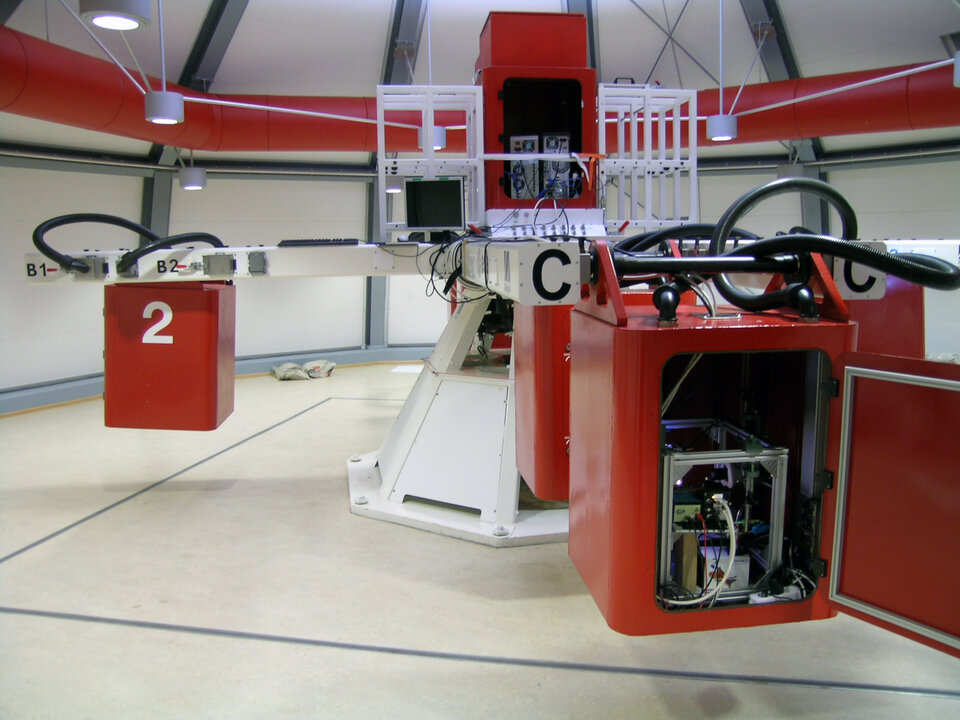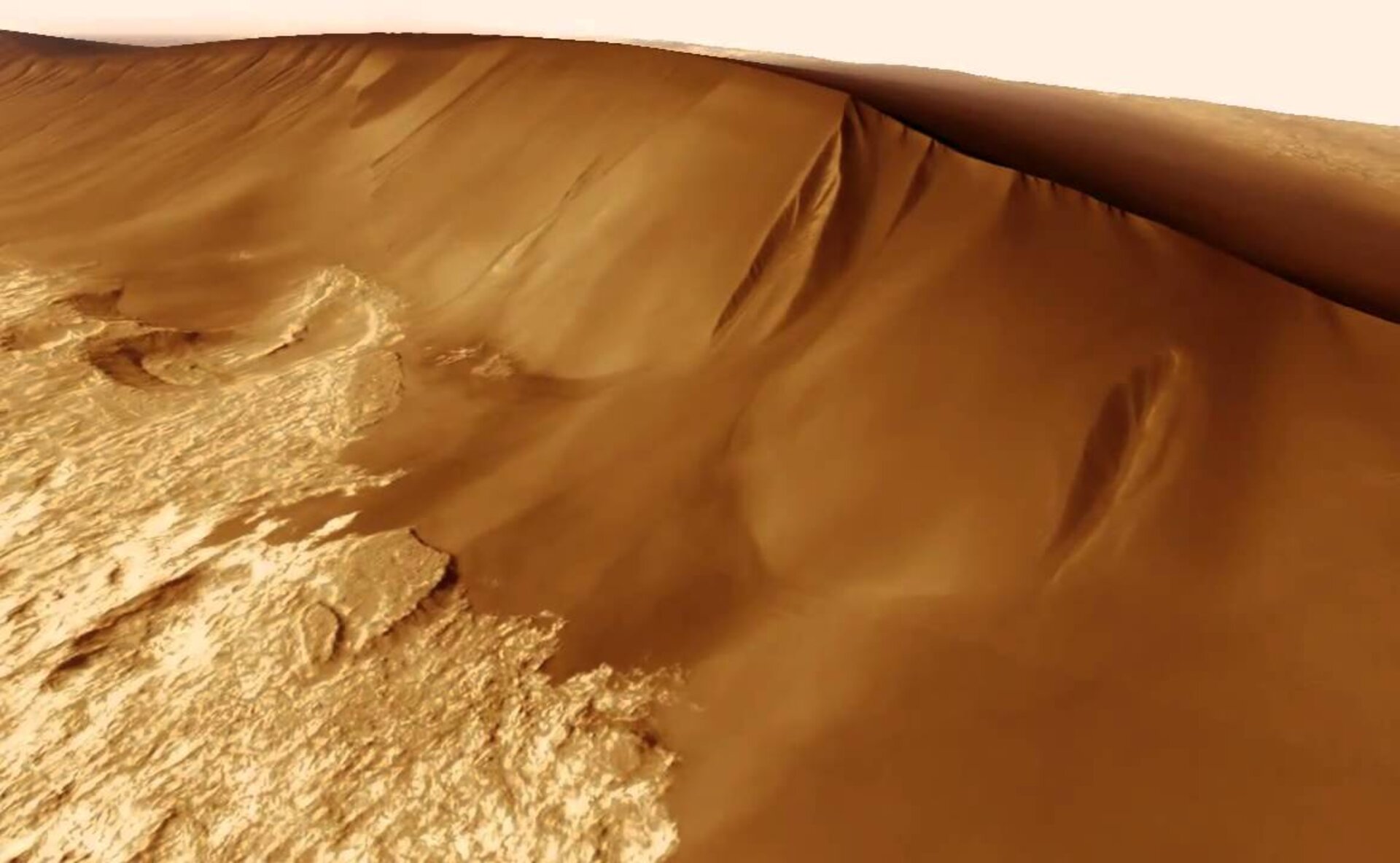Two teams selected for Spin Your Thesis! 2018
ESA Education is pleased to announce that two teams, Team Avalanche from University of Amsterdam and Bristol Bone Biologists from Bristol University, have been selected to develop and perform their experiment in hypergravity conditions for the Spin Your Thesis! 2018 programme.
Team Avalanche, composed of three Dutch students from University of Amsterdam, aims to examine the influence of hypergravity on the mobility and particle sorting of granular avalanches, which is considered a much debated subject. Previous studies state that the influence of gravity is negligible, whereas others found that it plays a significant role in the architecture of avalanches. To study this further, granular avalanches will be simulated in the Large Diameter Centrifuge, under increasing levels of hypergravity ranging from 1 to 10 g. Different particle compositions including variation in particle angularity or roundness will be tested. The aim is to derive a realistic relationship between the level of gravity and the avalanche patterns of the materials.

Bristol Bone Biologists team, as the name hints, aims to achieve a deeper understanding concerning the onset and development of osteoarthritis. Specifically, the focus will be put on how environmental factors, such as gravity, may accelerate disease onset, so that will be possible to identify new drug targets to prevent disease occurrence. There is also evidence to suggest that some genes may make some people more likely to develop osteoarthritis, but it is not currently understood how these genes exert their effects to give rise to the symptoms of osteoarthritis. To understand more about the onset of this disease, further investigation is needed concerning the effect of altered gravity on cells, hard tissue and soft tissue in the joint. This project will use a zebrafish model to understand how altered gravity (and therefore loading placed on the skeleton), and osteoarthritis associated genes, may alter joint formation in early development.

The campaign is scheduled to take place in the week of 17 September, 2018. Each team will have a 2.5 day time slot available to perform their experiment in hypergravity conditions at the Large Diameter Centrifuge (LDC) premises at ESTEC, Noordwijk, the Netherlands. During the development of their experiments, the students will be supported by ESA and hypergravity experts. A member of the European Low Gravity Research Association (ELGRA) will also be on hand to provide advice and expertise in gravity-related research.
This opportunity complements other gravity research opportunities offered by ESA Education Office, such as 'Fly Your Thesis!’, 'Spin Your Thesis!' and the new ‘Spin Your Thesis! Human Edition’. For further information on these programmes, please refer to the ESA Education website.




